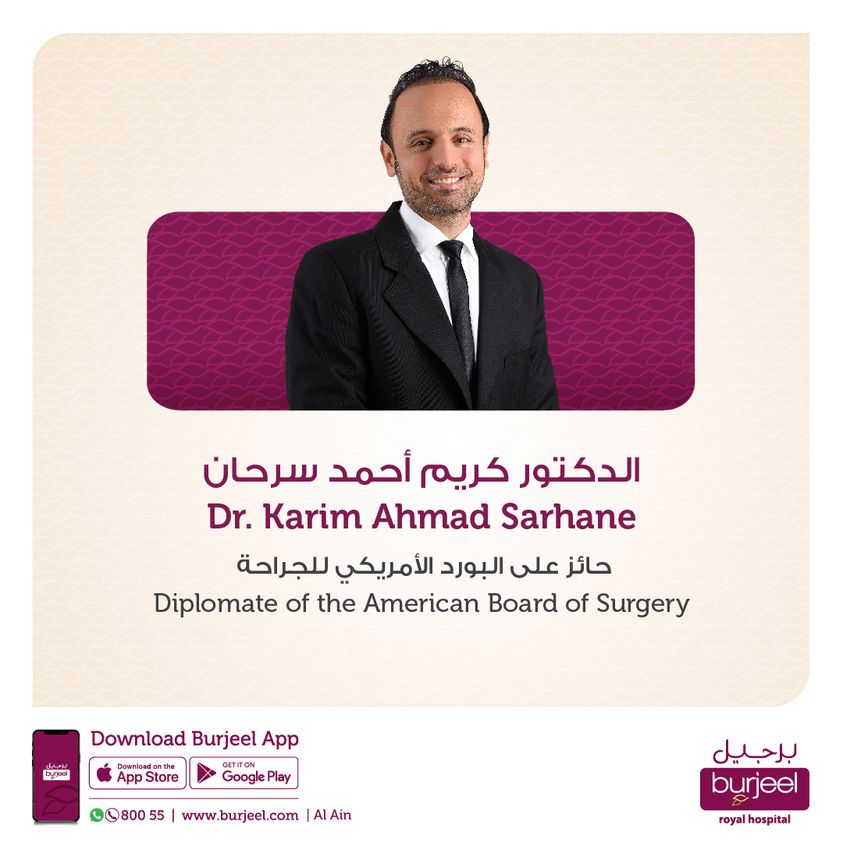
The American College of Surgeons (ACS) aims to improve surgical care globally. Its Operation Giving Back (OGB) initiative allows surgeons to volunteer their time in places where their skills are needed. In 2023, the ACS OGB program announced volunteer opportunities, including launching a fellowship allowing surgeons to travel to Hawassa University in Ethiopia. In August 2022, the OCG program, the Virginia Commonwealth University Health System Authority, the University of Utah School of Medicine, and Hawassa University College of Medicine and Health Sciences established the Academic Global Surgery Fellowship Program. This fellowship opportunity builds on an earlier effort launched by the OCG program and Hawassa University College of Medicine. The joint effort between the OCG and the Hawassa College of Medicine program began in 2018 in the College of Surgeons East, Central, and Southern Africa (COSECSA) region. This program has focused on improving surgical and clinical services, quality improvement programs, and research at Hawassa University Hospital in Ethiopia, a country with a population of over 18 million people. The Academic Global Surgery Fellowship Program will facilitate multidisciplinary and interdisciplinary partnerships focusing on research, education, and surgical training. University of Utah or Virginia Commonwealth University students were selected for the fellowship opportunity. These fellows received an appointment for one year, where they will be involved with research, conducting educational and quality improvement programs, sharing data and results with the medical community, generating academic research, and gaining from mentoring opportunities at Hawassa University Hospital. The fellowship fosters a lasting relationship between the US and Ethiopia programs. Fellows will travel to Ethiopia during the appointment period for three to six months and can participate in advocacy programs if they wish. All this work culminates in the fellow presenting their research at conferences and their conclusions in the end-of-year report. Dr. Girma Tefera, director of ACS OGB, stated that this fellowship is an opportunity for medical professionals entering surgical fields to participate in research and quality research at the Hawassa University Hospital. It also presents opportunities to close healthcare gaps and to give Africans access to quality surgical care. The launch of the fellowship program in 2022 was one of many works the OGB program was involved in Africa. In April 2023, the OGB program partnered with COSECSA to volunteer to oversee COSECSA fellowship oral exams, equivalent to the American Board of Surgery oral exam for certification. Medical residents can take the oral exams after completing at least five years of postgraduate training (six years for neurosurgery), meeting all COSECSA course requirements, and passing the COSECSA written exam. Upon completing all these requirements, graduates receive the Fellowship of College of Surgeons designation, recognized in all COSECSA member countries numbering 14. This joint effort is part of an overall initiative between ACS and COSECSA to improve healthcare in Sub-Saharan Africa. Outside of volunteering as examiners, the two organizations have joined efforts to spearhead the ACS-COSECSA Surgical Training Collaborative, one of its most extensive efforts. This ACS partnership is a part of the OGB initiative, which involved gathering ACS resources and that of multiple US hospital departments of surgery to increase the number of surgical trainees that train in Africa. The team established the first training site in Hawassa University Hospital in 2018. Since then, the collaboration has launched a second training hub at University Teaching Hospital in Lusaka, Zambia, in 2020.
Karim Sarhane, MD













